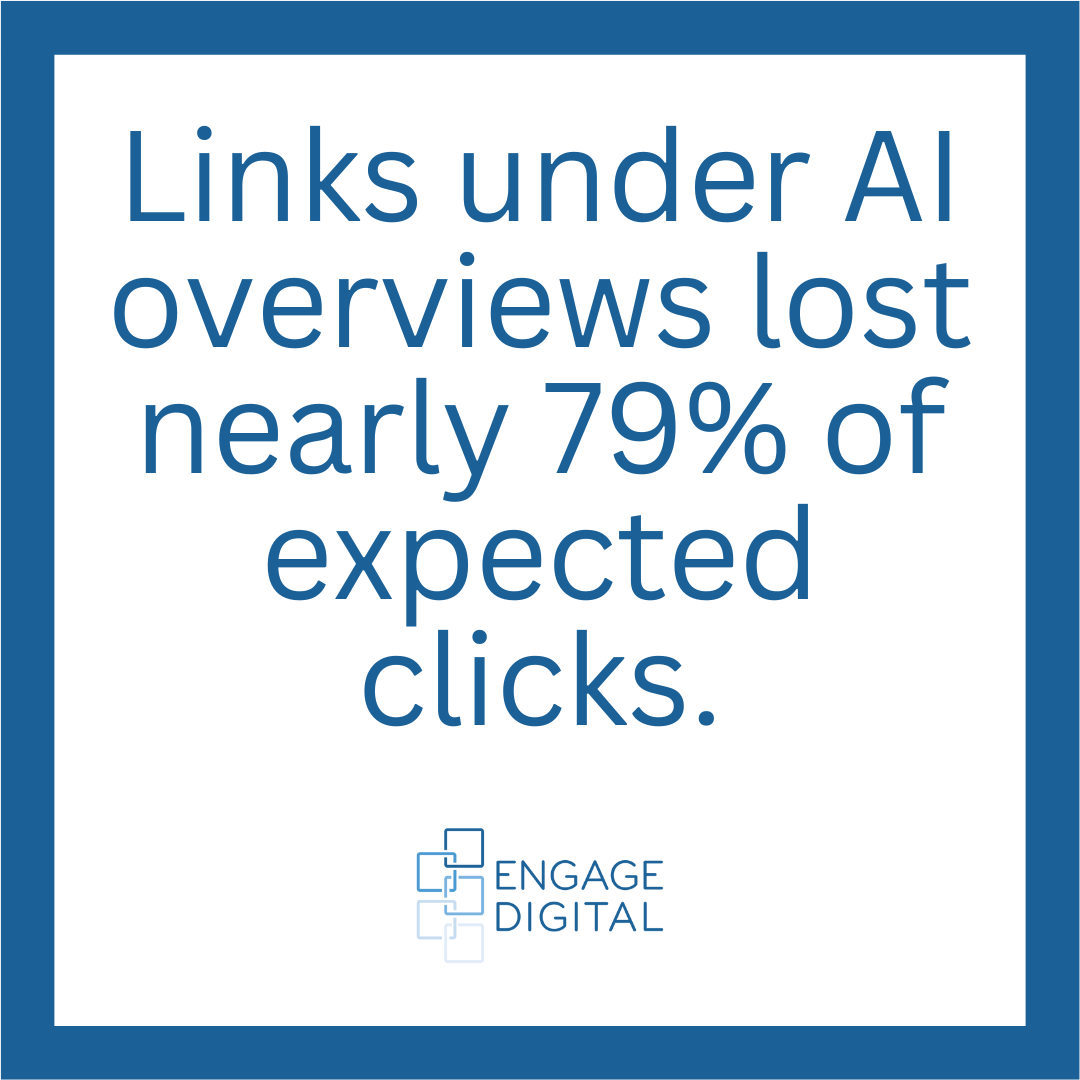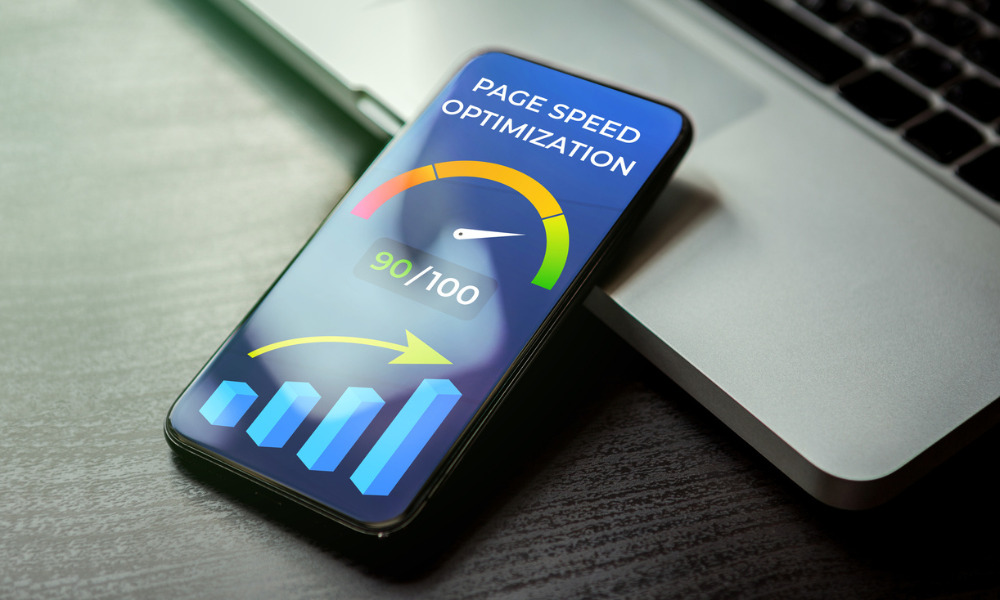If your organic traffic fell off a cliff lately, you’re not alone. Many sites saw jaw-dropping drops late 2024 into 2025. Some lost half their clicks. Fun times. Pour a cup of coffee, maybe two.
Zero-click results are a huge driver. For news queries in May 2025, about 69% ended without a click—users got answers without visiting sites. Google, Bing, and AI assistants now summarize everything up top. People read the box and move on. Publishers also reported that Google referrals fell from roughly 2.3B a year ago to under 1.7B monthly by spring 2025. If you felt that sting, you’re in good company.
AI summaries aren’t just trimming clicks; they can erase them. Independent testing found that links sitting beneath an AI overview lost nearly 79% of expected clicks. Pew-style analyses also show users click far less when an AI box appears at the top—single-digit click-through in some cases. TL;DR: the box wins.
And yes, this shift happened fast. In the last few months, the mix of results, the prominence of summaries, and the way answers are stitched together changed again. If you blinked, you missed an algorithm tweak. Blink twice, and the UI moved.
Why Traffic Is Dropping So Sharply
1) Zero-click is the new default.
People get instant answers. The “ten blue links” are now a suggestion, not the star. That’s why your impressions might look okay while clicks crater.
2) AI supercharges content competition.
There’s simply more content on every topic. Some of it is good. A lot is “fine.” Either way, rankings get squeezed, and your once-stable pages slide.
3) Search layouts keep evolving.
AI Overviews, carousels, video packs, and “discussed on” blocks push traditional organic further down. Even when you rank, you’re below attention’s fold.
4) User behavior changed.
People skim answers in summaries, then jump to Reels/Shorts for visuals. If you’re not meeting that intent with scannable copy and video, you lose the scroll.
Stop Aiming to Get Back and Build From Where You Are
The old baseline is gone. Even perfect technical SEO won’t restore 2023 numbers. The goal now is to grow from today’s baseline. That mindset change frees you to do the right work, not nostalgia SEO. Also, yes, nostalgia SEO is a thing. It doesn’t work.
What to Do Now That Actually Moves the Needle
1) Structure content to be quotable by AI.
Add crisp FAQs, definition boxes, and step lists that a model can lift cleanly. Use descriptive H2/H3s, schema for FAQs/How-Tos, and answer “People Also Ask” style questions in 40–70 words. You’re writing for readers and for summarizers.
2) Publish depth, not fluff.
Pick fewer topics and go deeper. Include comparisons, decision criteria, pricing caveats, mini-case studies, and original evidence. When an AI system skims three pages, yours should look like the reliable adult in the room.
3) Speed up or get buried.
Make pages feel instant. Target sub-2s LCP, stabilize layout, compress images, limit client-side JS, and preconnect to critical origins. Fast pages get better engagement, which keeps you visible.
4) Build topical authority by cluster.
Ship a pillar, then 6–10 strong subpages that interlink naturally. Map each to a distinct intent. Own the neighborhood, not just the mansion.
5) Add short video everywhere.
Repurpose posts into 30–60-second clips. Add them to pages and publish as Reels/Shorts. They win attention in feeds and increase on-page time, which helps everything else. No Hollywood budget needed—clarity beats polish.
6) Capture the click you still get.
Tighten your CTAs. Offer calculators, checklists, samples, or audit forms that match the page intent. If the AI box starves clicks, make the ones you do earn convert.
7) Refresh winners on a schedule.
Quarterly, update stats, examples, and screenshots. Add a section that addresses new questions. Freshness keeps you in summaries and preserves rankings.
8) Local and long-tail are your friends.
Target service-area pages, niche use-cases, and “near me” modifiers. Long-tail is less crowded and more convertible. It’s also where AI boxes are often thinner.
9) Measure what matters now.
Track impressions under AI answers, engagement depth, assisted conversions, and video consumption. Old “sessions only” reporting misses the new funnel.
10) Embrace GEO thinking.
Generative Engine Optimization means structuring content for AI retrieval. Clear entities, explicit definitions, clean metadata, and unambiguous answers. If a model can’t parse it, it won’t feature it.
A Pragmatic Recovery Plan
- Audit the top 50 landing pages for speed, clarity, FAQs, and schema. Fix the worst five this week.
- Spin up a short-video pipeline. One script becomes four clips, a blog refresh, and an email.
- Create two net-new clusters around high-value problems. Publish the pillar plus three supports each in 30 days.
- Rework CTAs to match intent and reduce friction. Think “Get a 5-minute audit” instead of “Contact us.”
- Add proof on every page: pricing ranges, screenshots, quotes, before-and-afters, and micro-case wins.
- Review monthly which pages appear beneath AI answers. Improve the summary-readiness of those pages first.
The Mindset Shift
You are not chasing yesterday’s traffic. You’re building tomorrow’s visibility. AI is the interface. Summaries are the storefront. Your job is to be the source those summaries trust, cite, and surface. That means cleaner structure, faster pages, deeper answers, and more video. Add tight schema. Build FAQs that mirror spoken questions. Show author credentials and last-updated dates. Caption every clip.
One last reality check: this will keep changing. The past few months have moved quickly, and the next few will too. That’s okay. Work a tight loop—ship, measure, refine. Log experiments. Repurpose winning pieces across formats. Strengthen internal links to keep users moving. If the box at the top takes oxygen, become the oxygen supplier.
And yes, keep the coffee handy. You’ll earn the refills.






